Climate Solutions: Biochar Goes Commercial But Struggles Without Impact Investment


Submitted by Guest Contributor
By Karen Ribeiro
Bio-what?
The word biochar, let alone the biological and chemical properties of it, is not widely understood. You know that biomass is, generally, plant wastes and you know charcoal is great for barbeque, but what on earth is "biochar"?
In simplest terms, it is specialized charcoal appropriate for use as a soil amendment where its physical structure -- millions of tiny pores per cubic inch -- allow it to greatly enhance soil health, conserve water, and hold carbon.
Thousands of years ago when the native people of the Amazon were devising optimal land use practices, as described in Charles Mann's bestseller 1491, they figured out how to return carbon, sequestered by plants and trees, back into the soil in order to sustain and increase its well being. This black earth carbon or "Terra Preta" is still there, accompanied by the resulting colonies of soil microbes. Industrial agricultural practices have strayed far from these roots, to be sure, but such practices are making a real comeback.
On both hyperlocal and large scales, the biochar industry is turning waste into “black gold” for agriculture – and the climate.
Spreading the Word on Biochar
One of the first experts a person journeying into the field of biochar will meet is Dr. Johannes Lehmann, a soil scientist at Cornell who has published many papers on the benefits of biochar as well as the textbook Biochar for Environmental Management Science and Technology. YouTube videos run the gamut from the easily digestible Biochar Bob series and various TEDx talks to the deep dive science of energy and agriculture with John Miedema along with thousands of small scale cook stove demonstrations of TLUDs (top lit up-draft units).
But without a sophisticated penchant for extra curricular study, Joe Q Public isn't learning about biochar and what it can do to restore denuded, compacted soils to absorbent, thriving ecosystems. Now, the United States Biochar Initiative (USBI) and the International Biochar Initiative (IBI) would like to change that. Both sponsor annual conferences and the next USBI North American Biochar Symposium will be at the University of Massachusetts-Amherst on October 13-16.
Further Research, Scaling Up Needed
As with any emerging industry, there are multiple complexities to be overcome.
The types of waste materials or feedstocks, used to produce biochar; the temperature at which the feedstock is heated or pyrolyzed; and the process of inoculating or preparing, the biochar before it is added back into the soil: these are all factors to be considered.
Standards have been developed by IBI, production kinks have been worked out, but many  longitudinal studies with different types and amounts of biochar are still needed to support the entrepreneurs producing and selling char.
longitudinal studies with different types and amounts of biochar are still needed to support the entrepreneurs producing and selling char.
Like with any technology, we need higher volumes of biochar to drive down its price per ton and thus get many more farmers to use it.
And we need a larger market to encourage investors to capitalize larger production capacity and help biochar play a larger role in agricultural and climate solutions. Studies and field trials like one conducted by the New England Small Farm Institute can encourage policymakers to draft new guidance and move the market forward.
Market development thinking goes something like this:
“if only we could divert a significant percentage of funds from the current flow of money invested in harmful things by large foundations, venture capitalists, big name celebrities, the department of defense? ... we could finally and properly support the countless budding entrepreneurs ready, willing and able to make a real difference in the systems of agriculture, energy, community, education, and even help restore Mother Earth herself.”
Certainly the hope we are harvesting within the biochar industry is no different.
A Simple Thing To Consider About Biochar
Biomass left to rot, whether dying trees in a forest, manure on a farm, or decomposing peat bogs, releases the greenhouse gases it had once held. Converting these wastes into a high value soil amendment that also sequesters carbon for hundreds or thousands of years, can, perhaps, ensure soil health and mitigate climate disaster.
Taking part in this national and global movement to restore the natural well being of elemental ecosystems across the earth -- where any and all viable, high-impact actions are explored -- restores one's hope in the future.
We need this action NOW because solutions are rooted in patience, longevity ... time. And we're in danger of losing all three.
About the Author:
Karen Ribeiro is the principle of Inner Fortune, an environmental consulting and coaching firm in Amherst, Mass., and has designed a variety of in-person and online programs and tools to stimulate intuitive clarity. Ribeiro is currently the conference director of the 2013 USBI North American Biochar Symposium, and has just started writing a new book melding an extensive genealogy exploration with the intriguing exploration of biochar's impact on root structures. For more, visit www.innerfortune.com.

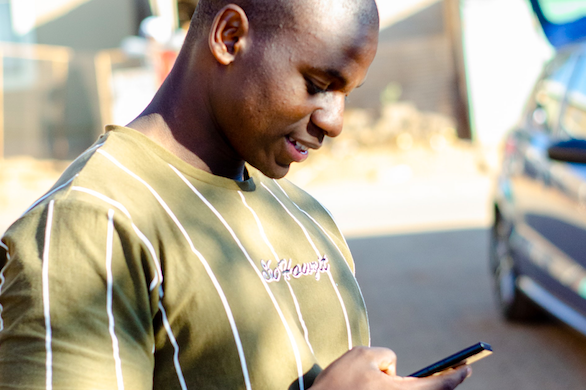
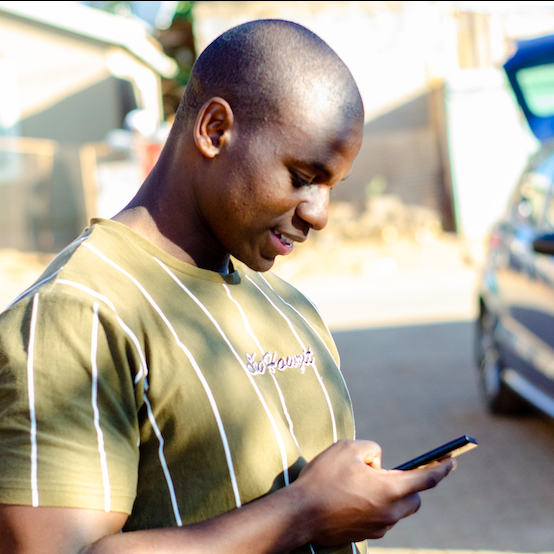




 scarce and climate change presents us with many challenges and opportunities. Our primary focus is to reduce energy and where possible buy energy from renewable sources. In Europe, U.S. and Canada, we are already purchasing 100 percent of the electricity we consume from renewable sources.
scarce and climate change presents us with many challenges and opportunities. Our primary focus is to reduce energy and where possible buy energy from renewable sources. In Europe, U.S. and Canada, we are already purchasing 100 percent of the electricity we consume from renewable sources.
 prevent them from clogging and to maintain hygiene. We put the waste residue into an anaerobic digester, where It is eaten by bugs who give of methane that is then burnt to create energy.
prevent them from clogging and to maintain hygiene. We put the waste residue into an anaerobic digester, where It is eaten by bugs who give of methane that is then burnt to create energy.


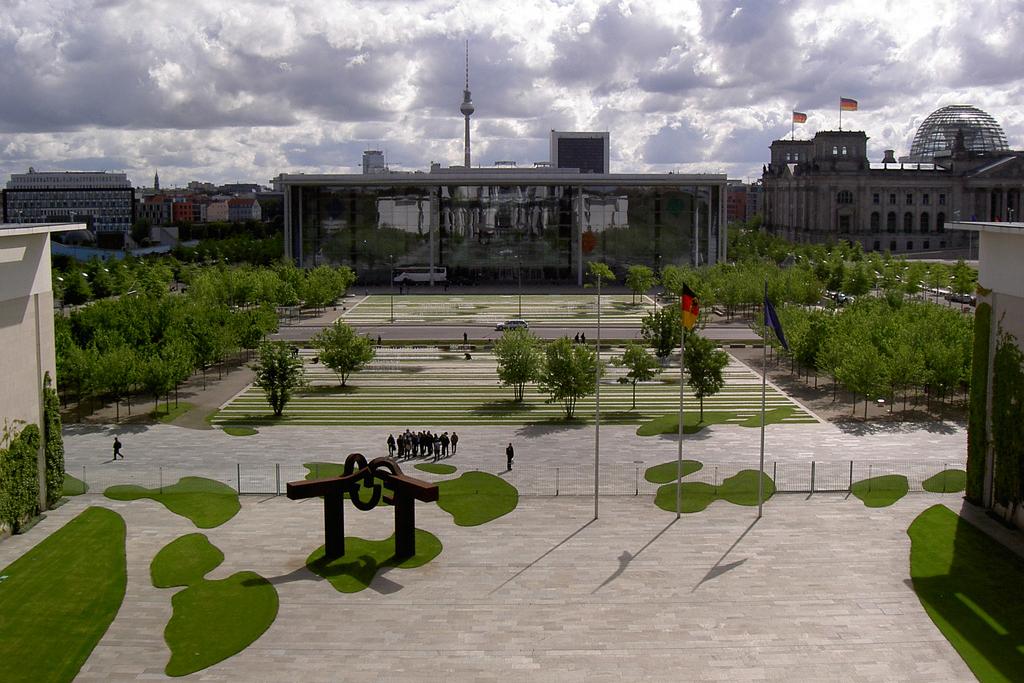
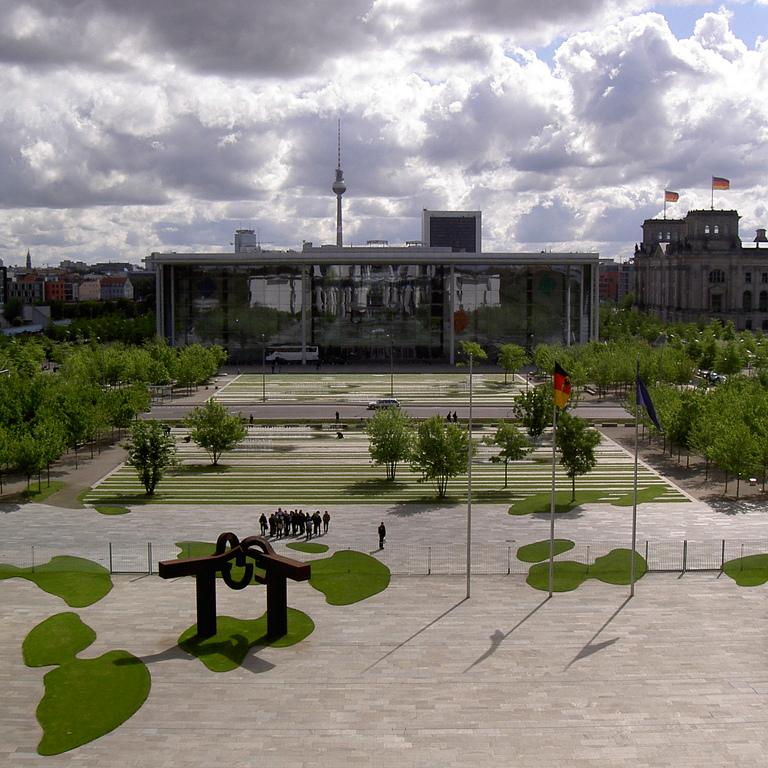
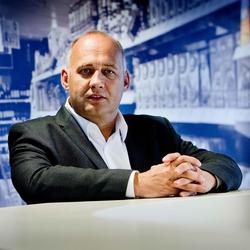

 that putting the
that putting the  the size of our business whilst reducing our environmental footprint and increasing our positive social impact.
the size of our business whilst reducing our environmental footprint and increasing our positive social impact. feed the world, but also to reduce poverty and hunger and promote environmentally sustainable practices.
feed the world, but also to reduce poverty and hunger and promote environmentally sustainable practices. societies, while offering something good for our consumers – be this convenience, quality or price; or a combination of all. Like Lipton Tea and Magnum Ice Cream: Rainforest Alliance certification delivers benefits for the environment and quality benefits for the consumer. Or our first Knorr soup labeled to have been made with ‘sustainably grown tomatoes’.
societies, while offering something good for our consumers – be this convenience, quality or price; or a combination of all. Like Lipton Tea and Magnum Ice Cream: Rainforest Alliance certification delivers benefits for the environment and quality benefits for the consumer. Or our first Knorr soup labeled to have been made with ‘sustainably grown tomatoes’.




